Two years ago, I discovered Ryan Pereira’s 3D printed clarinet accessories. Since then, huge improvements have been made. This is the topic of this review!
Look and resistance
When I opened the box containing two barrels and a bell, the first thing I immediately noticed is how they looked much better than the products I tested in 2016! The aspect is both smoother and more precise. And the new material called 3D Wood seems to be far more resistant. The polymer the barrels were made of 2 years ago was very easy to scratch, even with a fingernail. This is no longer an issue, even my car keys didn’t leave a mark on them.
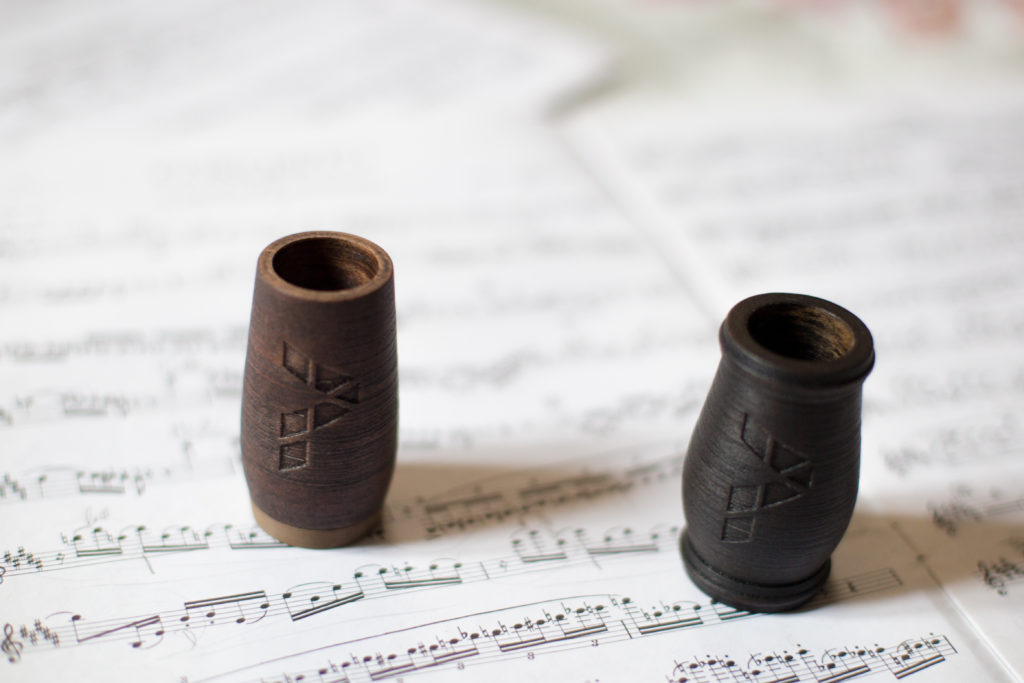
You may remember that a Streamline prototype barrel broke in two while I was trying to remove it from my clarinet. The tenon wasn’t perfectly adjusted back then. No problems of this kind any more: Ryan really improved the tenon adjustments, they just fit perfectly with my clarinet (a Buffet Crampon Festival). And I’m not going to do some crazy crash test with Ryan’s products, but he told me that the new material and the new printing techniques have made them more resistant. I could feel this improved resistance while manipulating them, putting them on my clarinet, then off, then on and off again during all my testing session without the fear of breaking them!
As I said in my introduction, they look really good. Once they’re on the clarinet, it’s even better, especially for the R17 barrel and the bell which connect seamlessly with the rest of the instrument. The lighter ring you can see on the R17 model is made of 3D printed metal. Very classy!
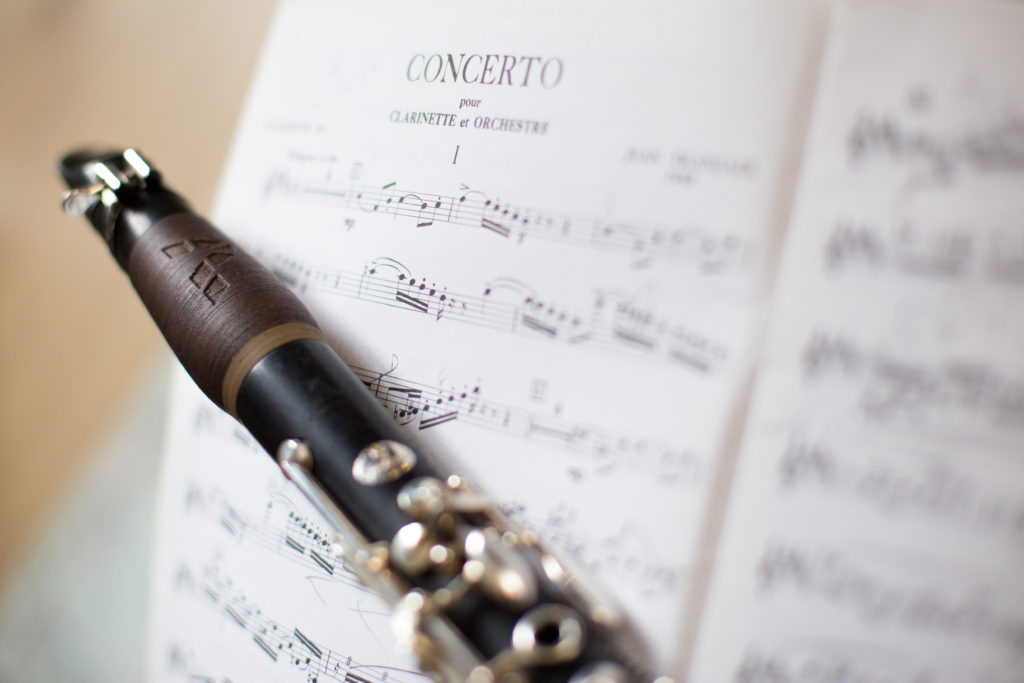
And, last but not least, the customization possibilities are endless, just take a look at Ryan’s website!
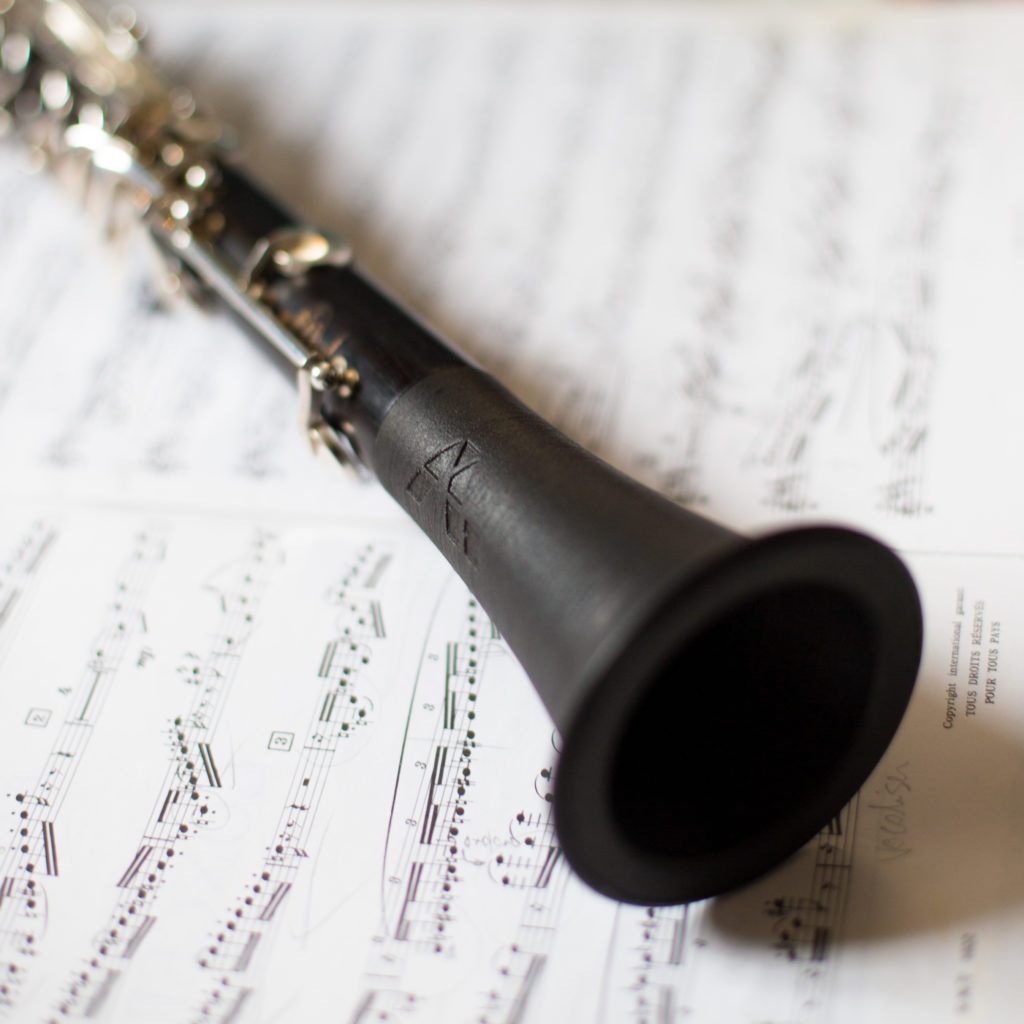
Weight : 3D wood is lighter than wood
Now, let’s talk about the weight. The 3D printed bell is about half the weight of the stock bell (52 versus 111 grams). There is a smaller difference for the barrels (46 grams for the stock barrel, 42 for the Bold barrel and 37 for the R17). In total, the difference between the stock bell and barrel and the R17 barrel and 3D printed bell is 68 grams. That’s 8,3% less weight.
When switching from stock components to 3D printed ones, the difference is barely noticeable. But after playing for some time with Ryan’s products, when switching back to stock parts, the clarinet feels definitely heavier on the right thumb!
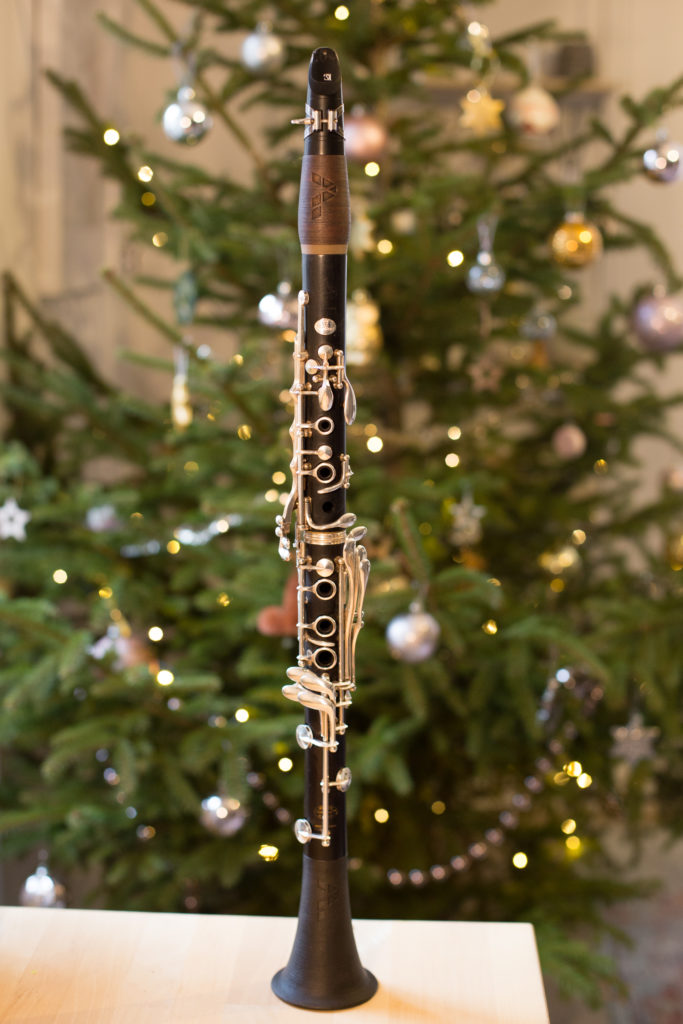
Consequences on the sound
I’m talking about aspect and resistance and weight, but what about the sound? It’s the most important part, isn’t it? When I recorded the various combinations of barrel and bell two years ago with the first version of Ryan’s products, the differences were tiny but perceptible. Wood was better, with a more resonant and focused sound.
Well, this time, it’s not that simple. My feelings while playing were almost the same no matter which set up I had. I made 6 recordings of the beginning of Jean Françaix’ Concerto, and lucky me, I wrote down which combination of barrel and bell I was playing, because without that, I wouldn’t have been able to tell the matches! I think that it’s very encouraging: if I cannot hear nor feel any difference (or only very slight ones), it’s that the 3D printed products are as good as the wooden ones!
What do you hear?
But maybe you’ll hear more differences than me, so here are the recordings. Please give me your thoughts by filling in the survey below, I’m really curious about your reactions!
A:
B:
C:
D:
E:
F:
If you want to add comments to this survey, please write them down at the bottom of the post.
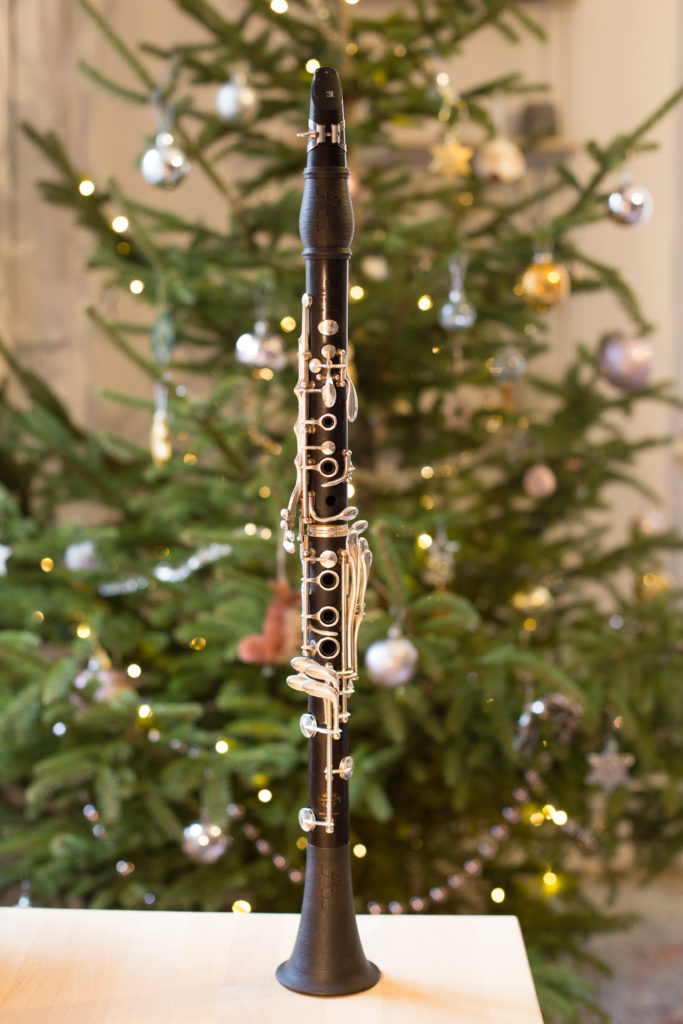
On Friday afternoon, I had some of my grown up students try Ryan’s products. They found it very difficult to tell the sound differences too.
Benefits of 3D printing clarinet parts
But one of them suggested some very interesting benefits of 3D printed materials for clarinet parts. As exotic wood tends to become increasingly rare, 3D printing appears as a good alternative, especially with such good sound qualities. And it’s better to put the exact amount of matter exactly where it’s meant to be rather than to take a big block of wood and then throw 3/4 of it as wood shavings into the trash bin.
To sum up, I think that Ryan Pereira’s 3D printed clarinet barrels and bells are now as good as wooden ones regarding the sound quality and playing comfort. But they are better in many ways: they are lighter, they won’t crack, you can customize them, you don’t have to cut down rare trees to manufacture them!
3D print an entire clarinet?
The next step would be to 3D print an entire clarinet, the main benefit being no more cracking issues. This may take some time because making a whole clarinet is more complex than a barrel, but Ryan is thinking about it. Stay tuned!
For more details and to purchase Ryan’s products, please visit his website: Pereira 3D